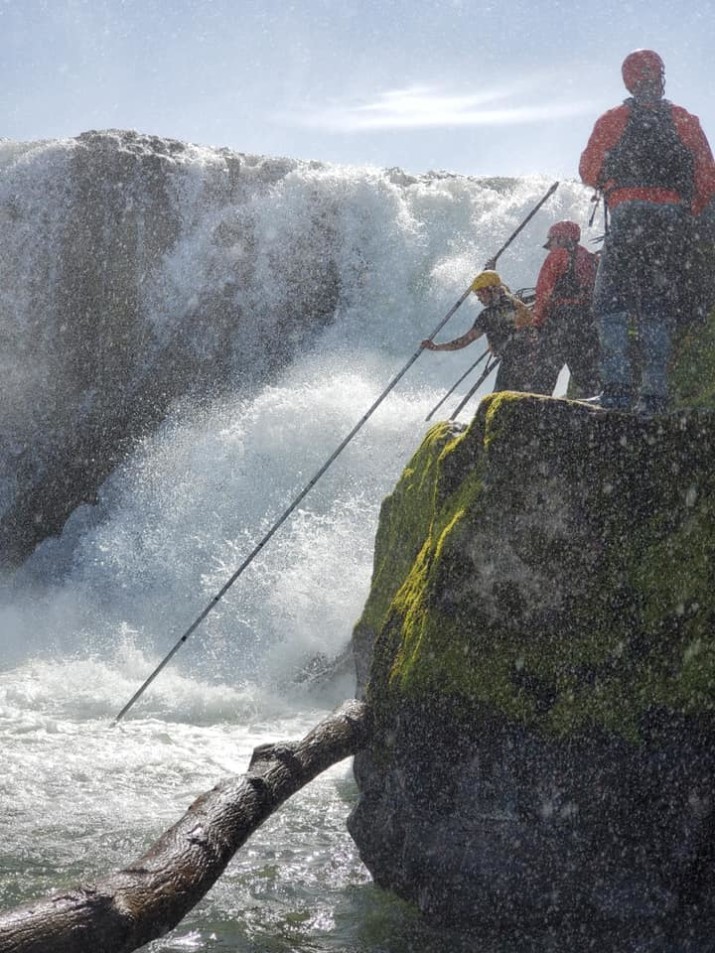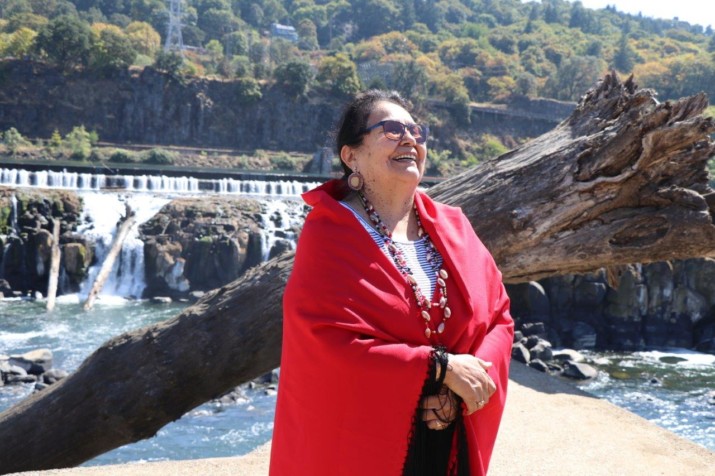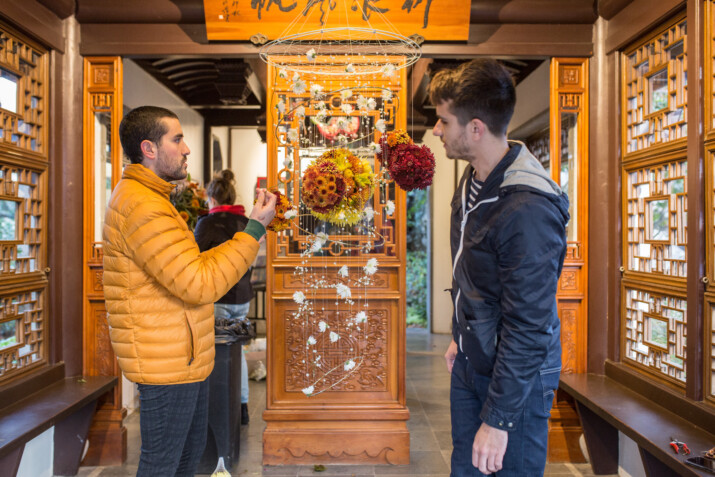Portland, OR. The Confederated Tribes of Grand Ronde’s efforts to restore its Willamette Falls property in Oregon City recieved a significant boost in the form of an $800,000 grant from the Environmental Protection Agency. The funds come from the EPA’s Brownfields Grant Program. “As caretakers of the Willamette Falls area, we’re thankful for the EPA and this funding,” said Cheryle A. Kennedy, Chairwoman of the Confederated Tribes of Grand Ronde, seen above. “Tending to the land by addressing the environmental remediation needs will help ensure that the Tribe’s vision can be fully implemented across the site and bring people back to Willamette Falls.”

Tribal leaders said, “We’re grateful to U.S. Environmental Protection Agency for believing in our vision for the former Blue Heron Mill and for awarding us the Region’s only Multipurpose Grant. With your help, U.S. Environmental Protection Agency, we can begin to heal this land.”

Tribal fisher Brian Krehbiel works the dipnet through the turbulent water at the base of the falls. The ceremonial fishery at Willamette Falls allows tribal members to provide fish for their ceremonies while maintaining a connection to their homelands and keeping traditions alive. (Photo: Bobby Mercier)
The Tribe, the only Multipurpose Grant (MPG) Program recipient in the region, will use the funds to begin environmental remediation at the 23-acre site. The Tribe will begin evaluating the property and identifying any hazardous substances from prior operations at the site, which had been home to the former Blue Heron paper mill. The grant will fund environmental testing and decommissioning of underground storage tanks and allow the Tribe to create plans for larger remediations that will focus on repurposing portions of the site and making preparations for demolition.
The EPA allocates MPGs annually for high priority assessment and cleanup of contaminated properties. According to the EPA website, “Through these grants, EPA and its state and tribal partners will advance priorities to deliver environmental and public health results across the nation.” The Tribe applied for the grant in October 2020 and will begin remediations this year.
The Tribe purchased the site in 2019. The 23 acres site in Oregon City within the Tribe’s ancestral homelands. In March 2021, the Tribe released its vision for the site, which includes environmental restoration, thoughtful mixed-use development and opportunities to share the story of the Tribe. Focused on the central idea of healing, the vision will also be guided by the values of spirit, place, people, and prosperity.
Last month The Confederated Tribes of the Grand Ronde withdrew from the Willamette Falls Trust, the nonprofit organization made up of more than a dozen agencies. Willamette Falls Trust has taken on engaging the public and raising funds to support the Willamette Falls Legacy Project, a major collaborative effort between the tribes and various governmental agencies in the redevelopment of the former industrial land around the falls in a way that pays homage to the sacred site with cultural significance to Pacific Northwest tribes. Willamette Falls Trust members included four other federally recognized tribes and government representatives from Oregon City, Clackamas County, Metro and the state of Oregon.
Grand Ronde Tribal Chairwoman Cheryle Kennedy told Pamplin Media Group that the friction between the Grande Ronde and the Trust stems from perceived disrespect that has perpetuated since the Tribe addressed certain behaviors to the Trust last summer. At that time, Kennedy and her fellow Tribal Council members outlined their grievances as owners of the Blue Heron Mill property.
From Confederated Tribes of Grand Ronde:
On August 15, 2019, the Confederated Tribes of Grand Ronde purchased a 23-acre property at Willamette Falls that was formerly home to a Blue Heron Paper Company mill . The property, which sits on the east bank of the Willamette River in Oregon City, is located within the Tribe’s ancestral homelands land and holds significant historical and cultural importance for the Tribe.
The lands were once home to the Charcowah village of the Clowewalla (Willamette band of Tumwaters) and the Kosh-huk-shix Village of Clackamas people. They were ceded to the United States government under the Willamette Valley Treaty of 1855. Following the Willamette Valley Treaty, tribal members were forcibly removed from Willamette Falls and relocated to Grand Ronde.
The Vision
Since acquiring the property in 2019, the Tribe has been working with a design team from GBD Architects and Walker | Macy to create a vision for the site. Focused on the central idea of healing, the vision will also be guided by the values of spirit, place, people and prosperity.
At the site itself, that vision will come to life through:
- Environmental restoration that will restore long-lost natural basalt landscape and water channels.
- Native plantings and restored riparian habitat to benefit native fish, birds and other wildlife.
- Thoughtful mixed-use development at the north end of the site that would visually and physically connect to the restored landscape.
- Opportunities include office, hospitality, institutional or educational spaces, tribal areas, public gathering spots and a long-planned Riverwalk.
- Opportunities to share the story of the Tribe and its historical and cultural connection to Willamette Falls.
- Access to the falls for members of the Tribe and the general public.
The ownership of this property allows the Tribe to return to the role of stewards and caretakers of these lands, all while rebuilding this special piece of the Tribe’s homelands in the Tribe’s vision.
Environmental Stewardship
Part of bringing the Tribe’s vision for the Willamette Falls site to fruition involves environmental remediation from the past operations of the Blue Heron paper mill.
In August of 2019 the Tribe and the Oregon Department of Environmental Quality came to agreement on terms for a clean-up plan at the site. Since then, the two entities have worked together to address multiple areas of concern while also identifying federal funding opportunities to help fund assessment and cleanup efforts on the property.
Tending to the environmental remediation needs will help ensure the Tribe’s vision can be fully implemented across the site.
The Confederated Tribes of the Grand Ronde Community of Oregon includes over 30 tribes and bands from western Oregon, northern California and southwest Washington. For more information, visit www.grandronde.org.
















